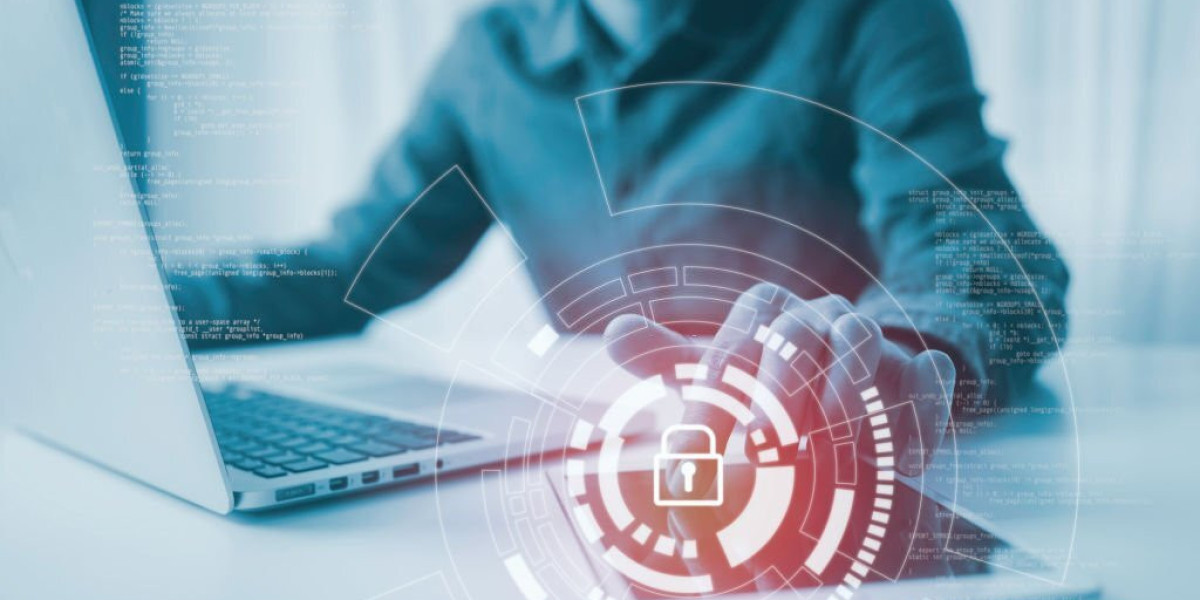In an era where efficiency and accuracy are paramount, traditional methods of workforce management are rapidly becoming obsolete. Manual time tracking systems, prone to errors and manipulation, are giving way to advanced technological solutions. One such solution gaining widespread popularity is the biometric time attendance system. This blog delves into the intricacies of biometric time attendance systems, their benefits, and why they represent the future of workforce management.
What is a Biometric Time Attendance System?
A biometric time attendance system is an automated method of tracking employees' attendance using unique biological characteristics. These characteristics can include fingerprints, facial recognition, iris scans, and voice recognition. Unlike traditional methods that rely on manual entry or physical tokens, biometric systems ensure that attendance data is accurate and tamper-proof.
Key Features:
- Accuracy: Eliminates the risk of buddy punching and time theft.
- Convenience: Fast and easy for employees to use.
- Security: Enhances workplace security by using unique biological identifiers.
- Integration: Easily integrates with payroll and HR management systems.
How Biometric Systems Work
Biometric time attendance systems operate in a few simple steps:
- Enrollment: Employees' biometric data is captured and stored in a secure database.
- Verification: Each time an employee clocks in or out, the system verifies their identity by matching the presented biometric data with the stored data.
- Data Logging: The system logs the attendance data, which can then be used for payroll processing, performance tracking, and compliance reporting.
Benefits of Biometric Time Attendance Systems
1. Enhanced Accuracy and Reliability
Traditional attendance methods are prone to human error and manipulation. Biometric systems, on the other hand, offer unparalleled accuracy. By using unique biological characteristics, these systems ensure that the data collected is reliable and tamper-proof.
2. Time and Cost Savings
Biometric systems streamline the process of recording and managing attendance, significantly reducing administrative workload. This leads to considerable time and cost savings, allowing HR departments to focus on more strategic tasks.
3. Improved Employee Accountability
By eliminating the possibility of buddy punching (one employee clocking in for another), biometric systems enhance employee accountability. This ensures that employees are compensated fairly for the actual time they work.
4. Enhanced Security
Biometric data is unique to each individual, making it a highly secure method of verifying identity. This not only helps in accurate attendance tracking but also enhances overall workplace security.
5. Seamless Integration with Other Systems
Modern biometric systems can easily integrate with other HR and payroll systems, ensuring a seamless flow of data. This integration simplifies payroll processing and helps in maintaining comprehensive employee records.
Common Types of Biometric Systems
1. Fingerprint Recognition
Fingerprint recognition is the most widely used biometric method. It involves capturing the unique patterns of an individual's fingerprint to verify their identity.
2. Facial Recognition
Facial recognition systems use advanced algorithms to map an individual's facial features. This method is highly accurate and non-intrusive, making it a popular choice for many organizations.
3. Iris Scanning
Iris scanning involves capturing the unique patterns in the colored part of an individual's eye. It is one of the most accurate biometric methods but can be more expensive to implement.
4. Voice Recognition
Voice recognition systems analyze the unique characteristics of an individual's voice. While less common than other methods, it offers a non-contact and user-friendly option for identity verification.
Implementation Considerations
1. Data Privacy and Security
Biometric data is highly sensitive, and its protection is paramount. Organizations must ensure that biometric data is stored securely and that robust measures are in place to prevent unauthorized access.
2. Employee Training
Successful implementation of a biometric time attendance system requires proper training for employees. They should be informed about the benefits of the system and how to use it correctly.
3. Compliance with Regulations
Different regions have varying regulations regarding the use of biometric data. Organizations must ensure that their biometric systems comply with all relevant laws and regulations to avoid legal issues.
Conclusion
Biometric attendance management system are revolutionizing workforce management by offering accurate, reliable, and secure solutions for tracking employee attendance. As technology continues to advance, these systems will become even more sophisticated, further enhancing their benefits. For organizations looking to improve efficiency, reduce costs, and ensure the integrity of their attendance data, biometric time attendance systems represent a forward-thinking and highly effective solution.







